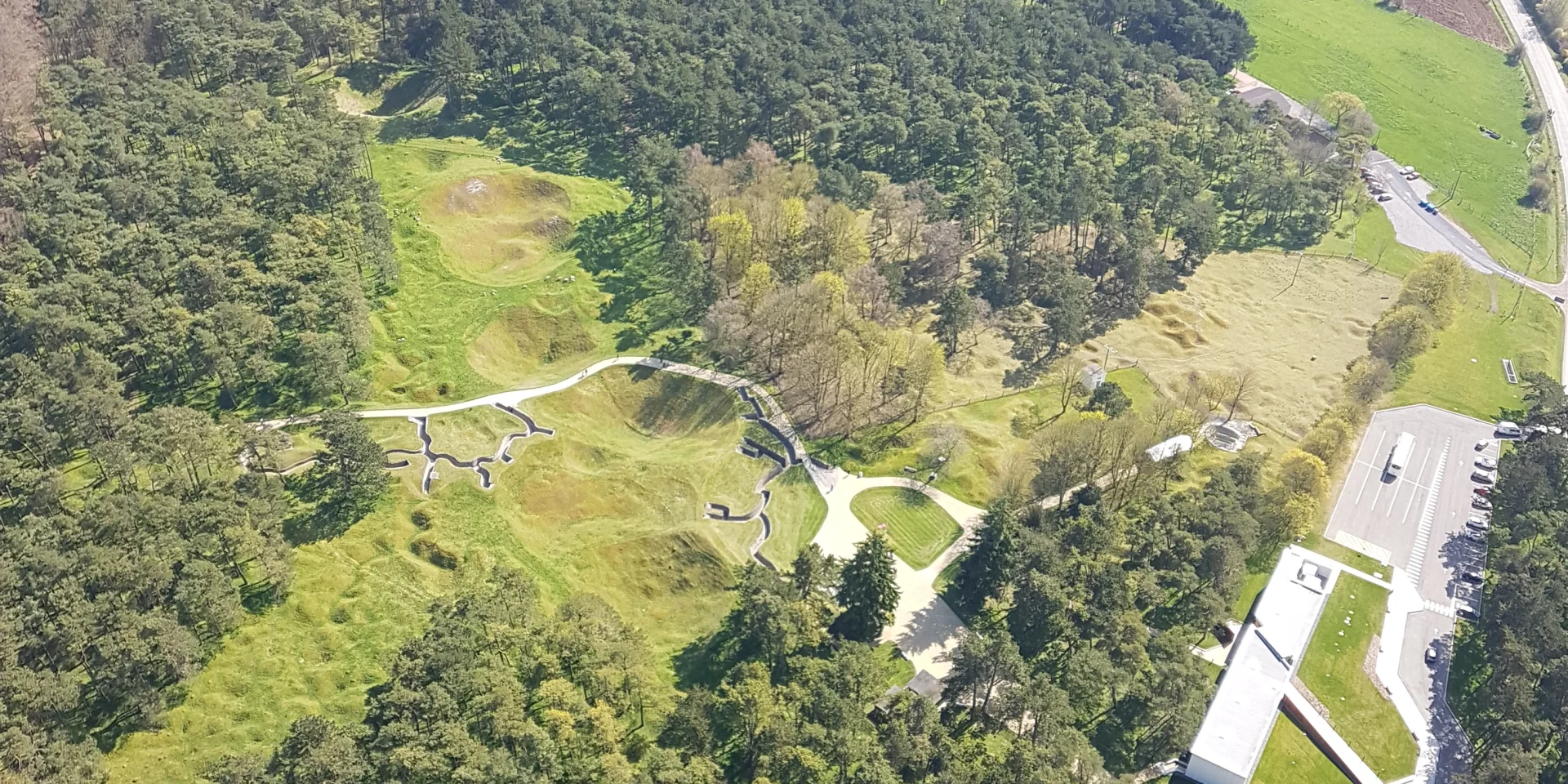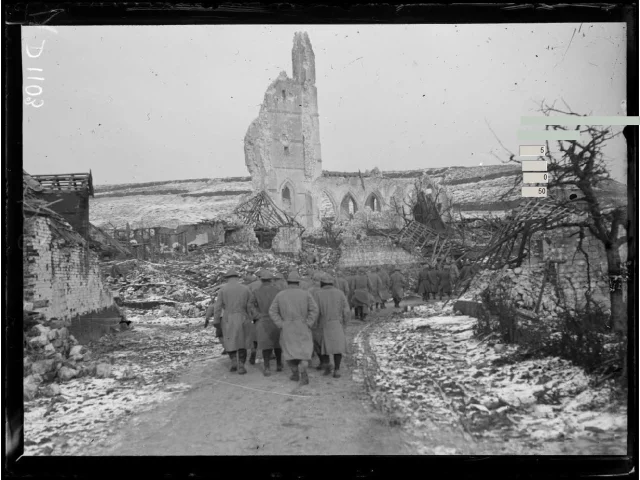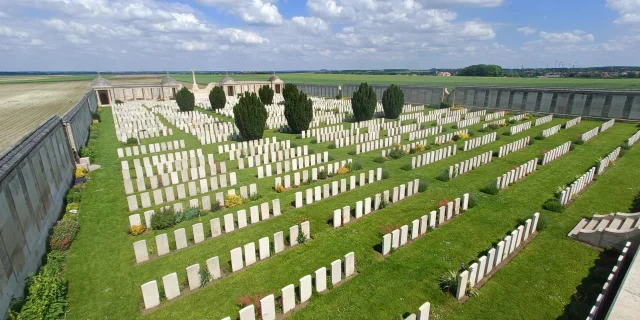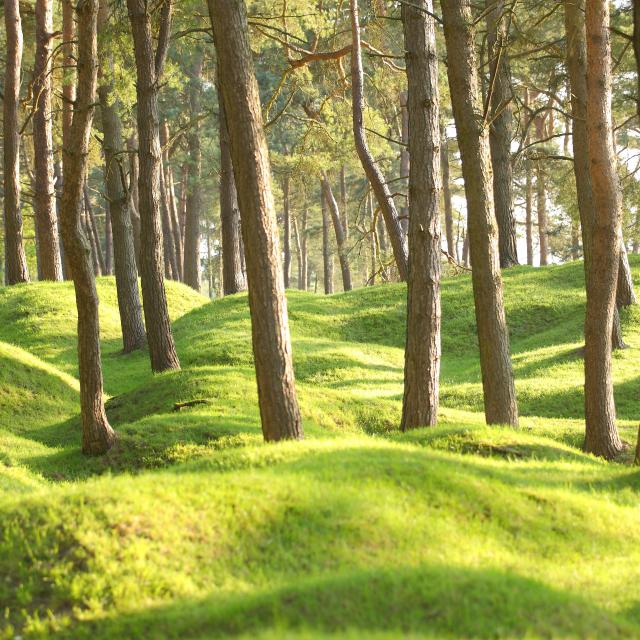What Were the Battles of Artois?
After the front lines solidified at the end of 1914, the French army launched a series of offensives to reclaim lost ground. Their primary targets were two strategic hills: Notre-Dame-de-Lorette and Vimy Ridge. These heights overlooked the mining basin of Lens and offered a commanding view of enemy lines.
Occupied by German forces from October 1914, the Artois high ground became the focus of repeated French attacks in an effort to break the deadlock on the Western Front.






